Nikon Z5 II vs Nikon Z5: is the pricier and all-round speedier Z5 II worth it?
Not so entry-level anymore
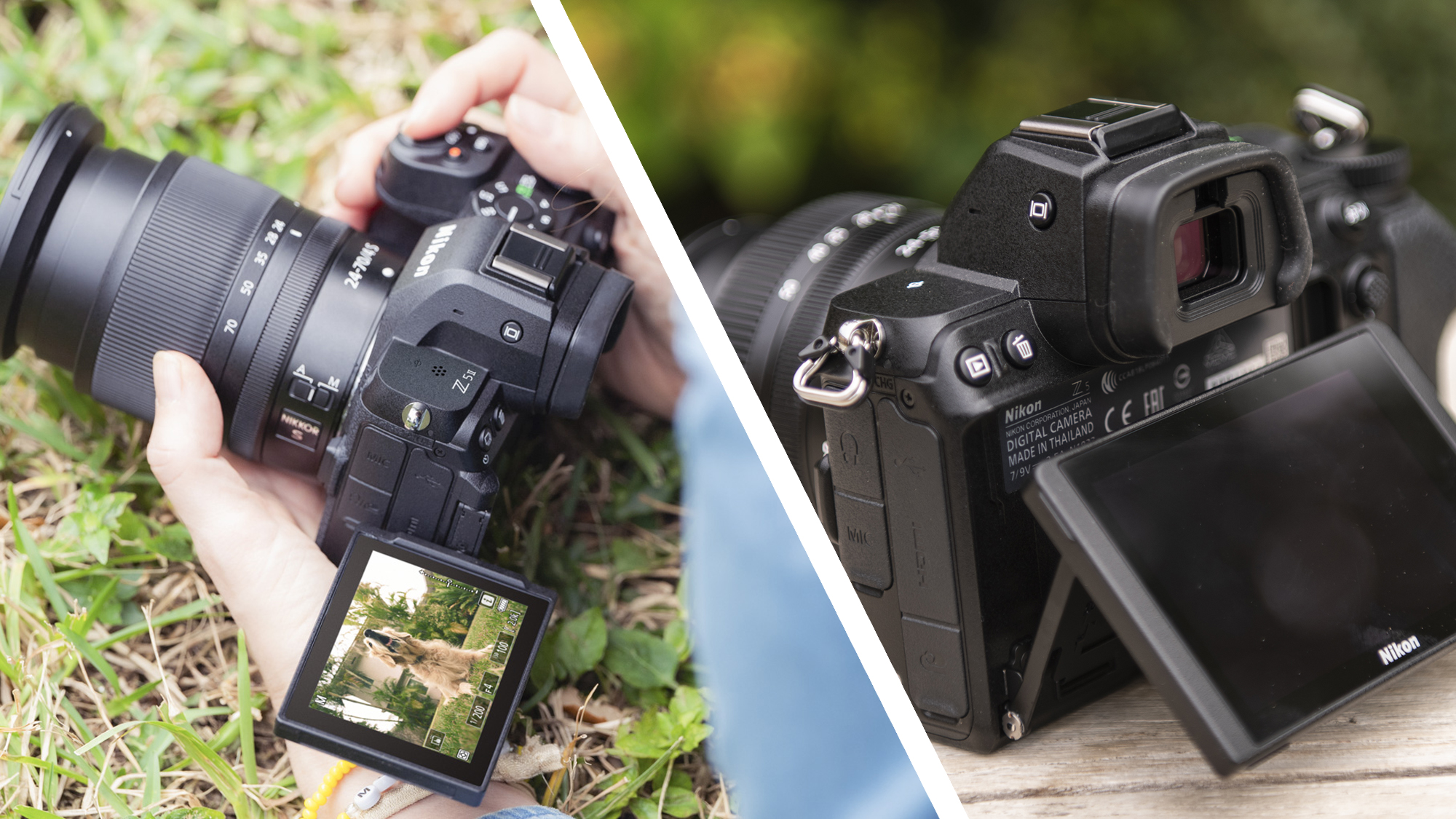
A 24.5MP sensor with better stabilization, Nikon's latest Expeed 7 processor and best-ever autofocus, plus quick access to color profiles and creator recipes, the Z5 II represents a decent upgrade from the Z5.
Launched in 2020, the Z5 is much cheaper than the second-gen model, while also shooting 24.5MP stills and with superb build quality. It's a slower performing camera overall, mind you.
Almost five years on Nikon has finally upgraded its entry-level full-frame camera line, with the Nikon Z5 II taking up the reins from the original Nikon Z5. And with a time gap that large, this was never going to be a piecemeal generational update.
The Nikon Z5 II has dramatically superior burst shooting, improved stabilization, Nikon's best autofocus, 4K video shooting up to 60fps, with “flat” modes for better editing versatility, and more.
However, there’s a healthy jump in the launch price of the Nikon Z5 II. But, more to the point, the actual online retail prices of these cameras at the time of writing are separated by quite a gulf. For some there may be enough of a gap to justify the old model.
But in 2025, a camera with 4.5fps burst shooting and a video limit of 4K/30? The Nikon Z5 may be one compromize too many for some camera buyers.
1. Price and availability
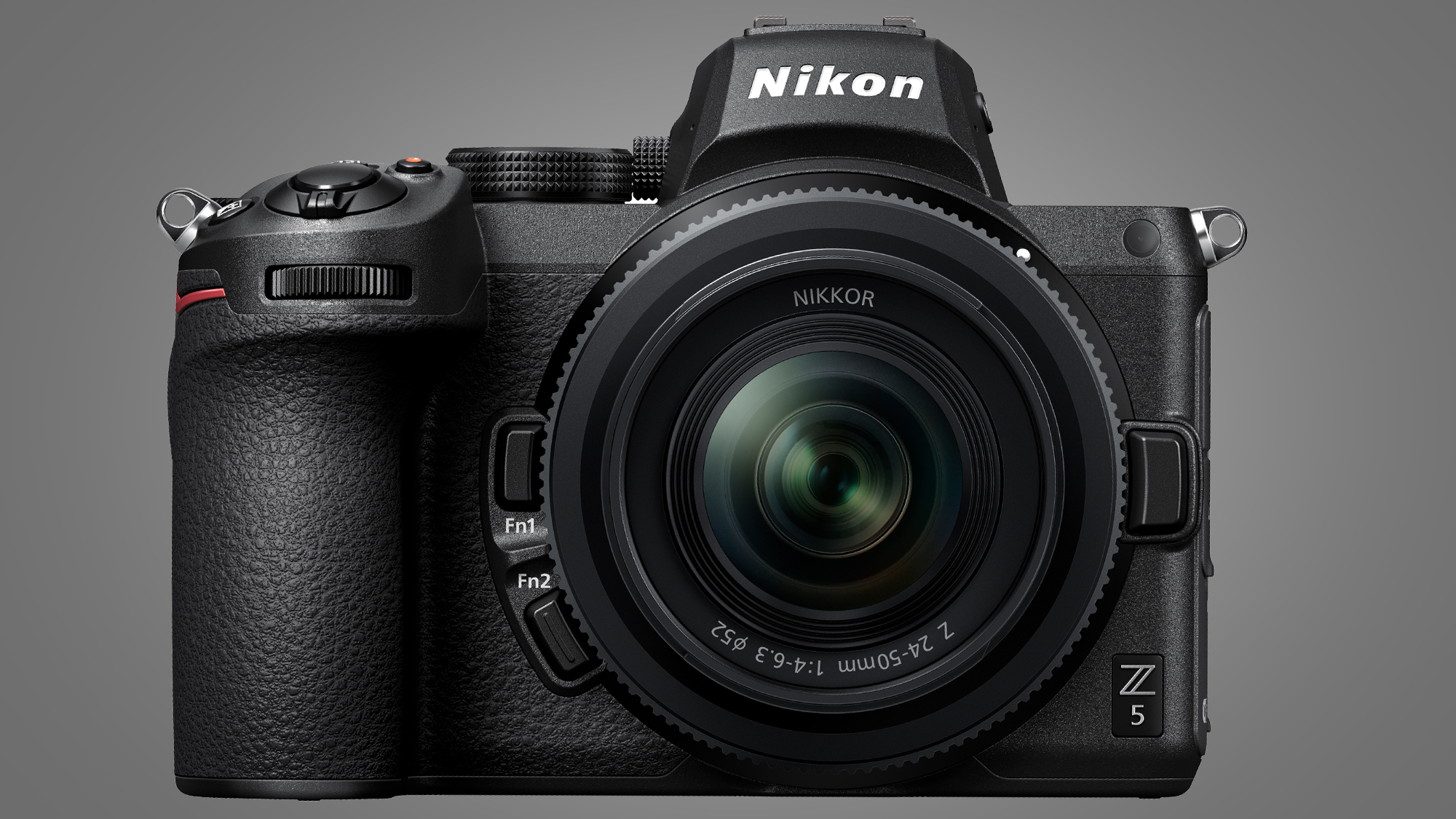
- Nikon Z5 II with 24-50mm lens costs $1,999.95 / £1,859 / AU$3,300
- Nikon Z5 body-only is around half the price of the Z5 II at launch
If we compare the launch costs of the Nikon Z5 and Nikon Z5 II, the disparity can largely be put down to inflation. As these are more affordable models, the most important bundle is the one with a mainstream kit lens.
Back in 2020, you’d have paid $1,699 / £1,719 / AU$3,099 for a Nikon Z5 with the 24-50mm lens. In 2025 we’re paying $1,999.95 / £1,859 / AU$3,300 for a similar bundle.
That’s a 17% increase in the US, an 8% jump in the UK and a 6% one in Australia. We were able to find the original Z5 for substantially less online, though. Five years won’t go by without some price erosion – it's less than $1,000 / £900 now for the body-only.
The Nikon Z5 launched in July 2020, almost five years before the April 2025 announcement of the Nikon Z5 II.
2. Design
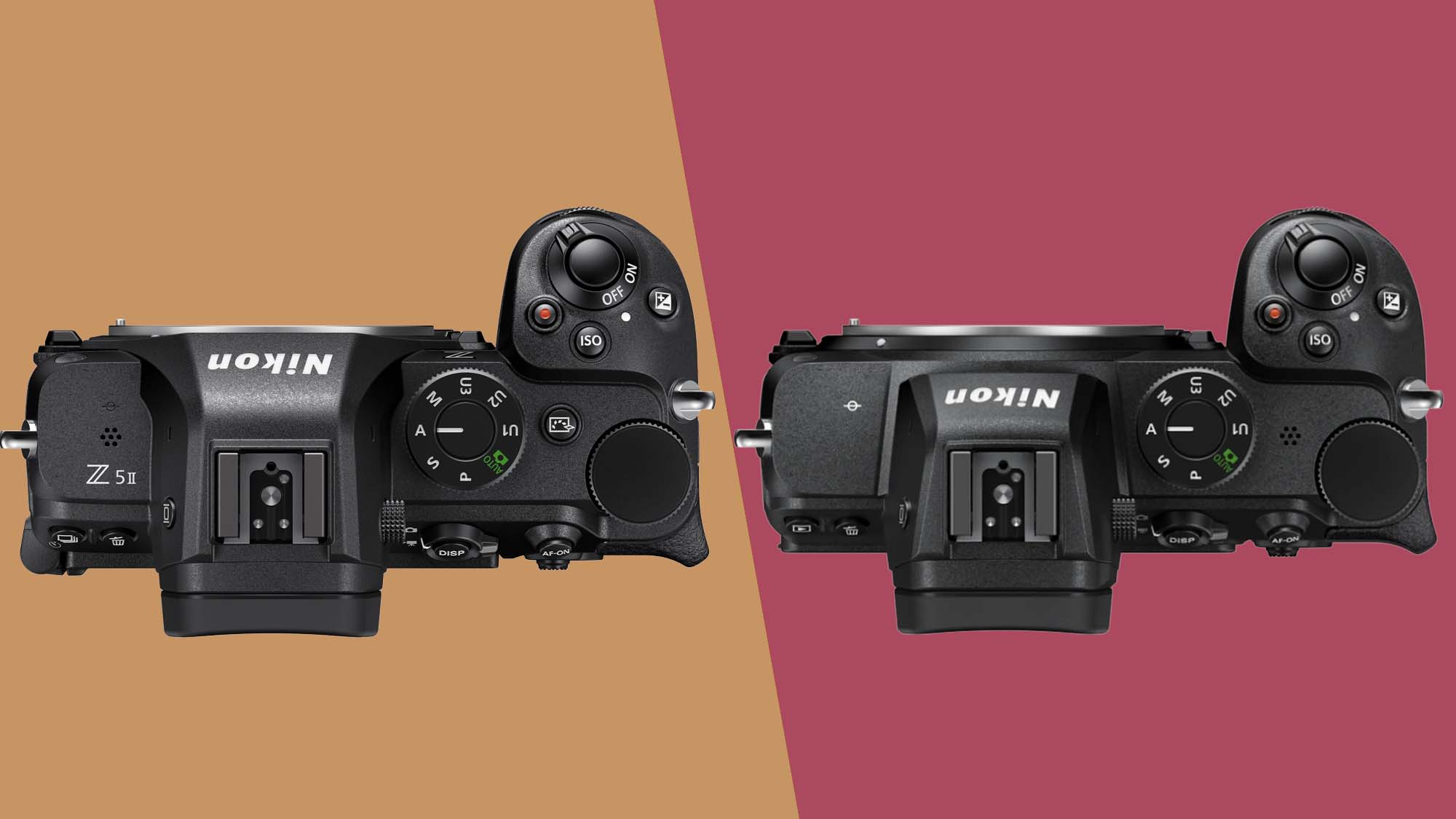
- Nikon Z5 II: 700g, picture control button, 2.1m-dot vari-angle screen
- Nikon Z5: 675g, 1.4m-dot tilt screen
The Nikon Z5 and Nikon Z5 II shells differ, but their control layouts are largely the same.
We get primary manual control dials where your thumb and forefinger will naturally rest, with a large PASM dial up top. There’s no top-mounted display, which would be unusual in a camera of this class. Look to the otherwise comparable Nikon Z6 III if you want such a screen.
Dimensions and weight are almost identical too. The Nikon Z5 II measures 134 x 100.5 x 72 mm, the Z5 134 x 100.5 x 69.5 mm. And the new camera is just fractionally heavier, with battery and SD card attached, at 700g versus 675g.
Both cameras also have dual UHS-II slots. There’s no support for the faster CFExpress standards, arguably because there’s no real need for the extra speed they offer when these camera don’t have bleeding edge burst and video modes.
Note the Picture Control button at the top of the Z5 II – this gives you direct access to color profiles, and it's possible to download 'recipes' made by other creators through Nikon's Imaging Cloud.
Both generations have 3.2-inch displays, but the resolution is bumped from 1.04m dots to 2.1m dots. In pixel terms this is an upgrade from 720 x 480 pixels to something like 1020 x 680 pixels.
Its hinge brings the most impactful change, though. Where the Nikon Z5 has a fairly simple tilt screen, the Nikon Z5 uses a more flexible Vari-angle display that can be folded out for camcorder-like use.
3. Sensor
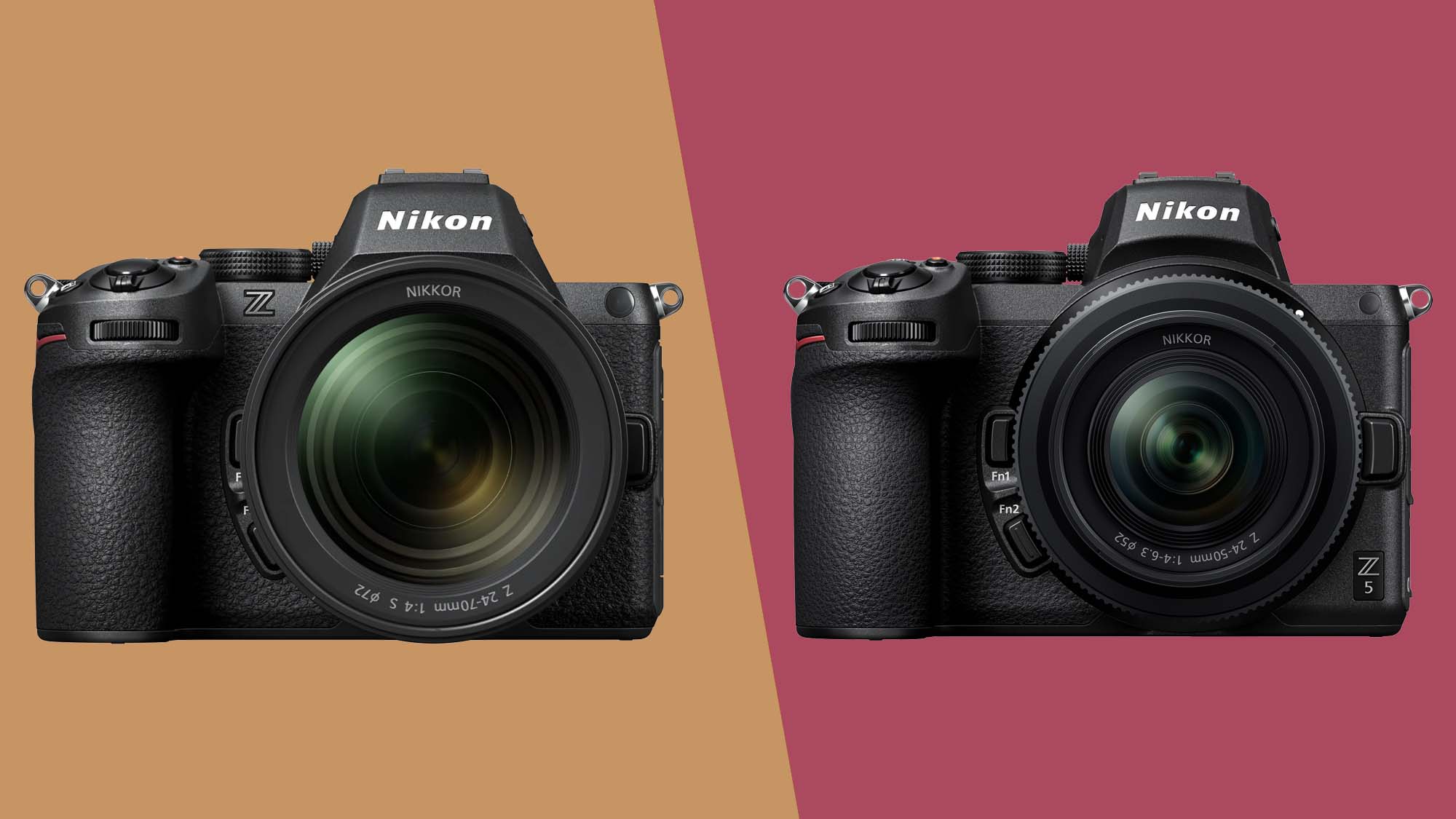
- Nikon Z5 II: 24.5MP, 7.5EV IBIS
- Nikon Z5: 24.3MP, 5EV IBIS
The resolutions of the Nikon Z5 and Z5 II sensors are similar — 24.5 versus 24.3 effective megapixels — but they use completely different sensor hardware.
Important upgrades include a major improvement to in-body image stabilization (IBIS), taking us from around 5 stops of effectiveness up to 7.5 stops (at the center, dropping to 6 stops at the periphery). And a faster sensor read-out massively improves burst shooting.
The Nikon Z5 taps out at 4.5 frames per second capture, where the headline figure is 30fps for the Nikon Z5 II. While 4.5fps is sufficient for plenty of styles of shooting, it’s quite remedial by today’s standards.
Those two numbers are not a like-for-like comparison, though. The Nikon Z5 II can, predictably, only reach 30fps with its electronic shutter mode, meaning you have to contend with rolling shutter effect. The mechanical shutter can run at 14fps for JPEGs, for 11fps for RAW images. It is still dramatically faster than its predecessor, in part thanks to the upgraded EXPEED 7 processor.
There’s very little difference in native dynamic range, though. The Nikon Z5 is rated at 14.3 stops of DR, the Nikon Z5 II should reach around 14.5 stops given the results seen from the Nikon Zf, which shares its sensor.
4. Video
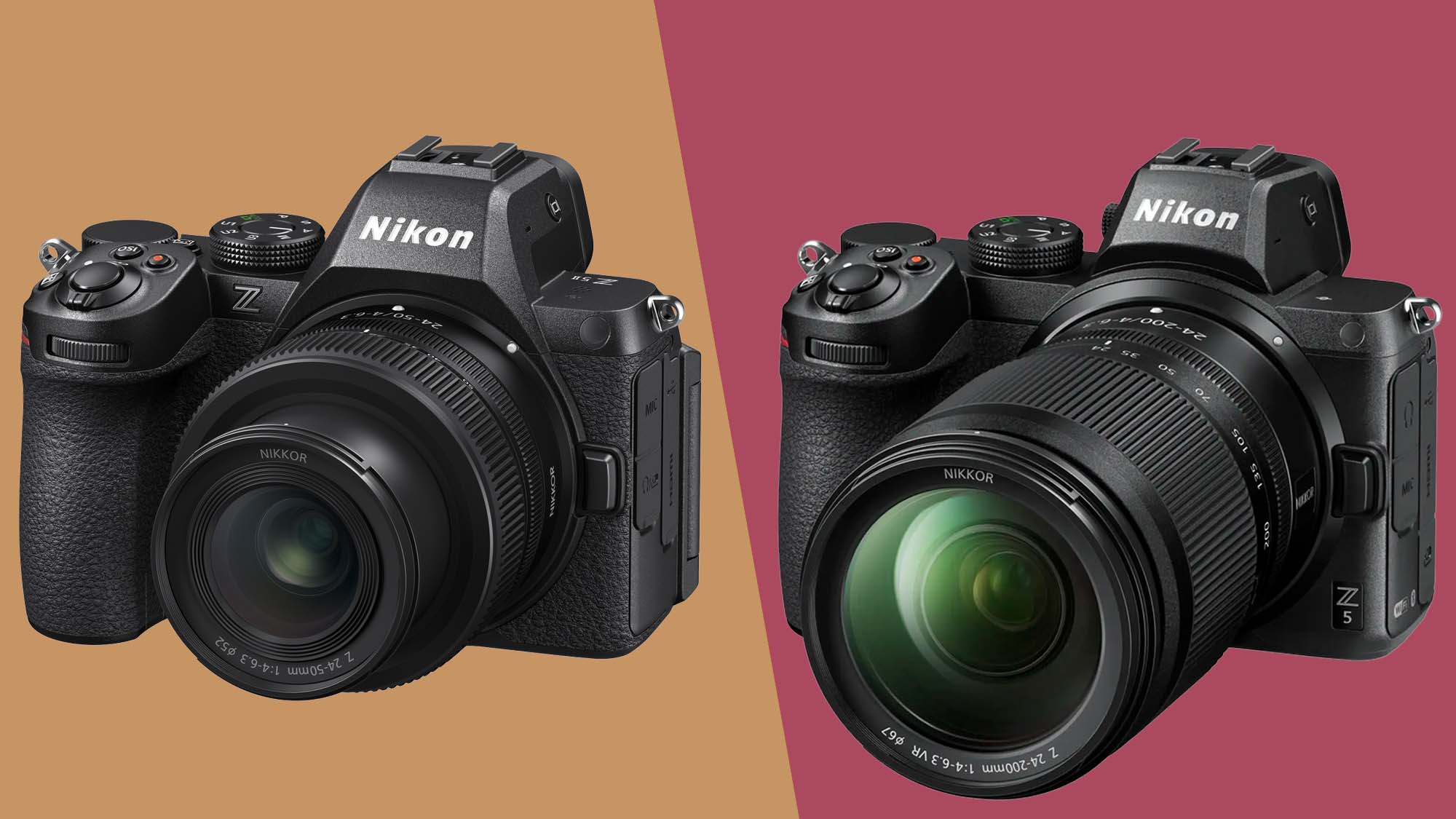
- Nikon Z5 II: 4K up to 60fps, Full HD slow motion 120fpsN-RAW and N-Log profiles,
- Nikon Z5: 40 30fps with 1.7x crop
The Nikon Z5 II is a much more capable video shooter than the original Nikon Z5.
There are two key upgrades. You can now film at 4K/60, rather than just 4K/30, and there are N-RAW and flat N-Log modes to maximize flexibility in the edit.
Despite 12-bit N-RAW eating through quite a lot of data, you the Nikon Z5 II can capture in this mode direct to an SD card. Just make sure you don’t skimp out when buying a UHS-II card to avoid headaches.
Nikon’s Z5 II isn’t meant to be a true high-end camera among full-frame models, though, and there is a limitation or two. When shooting at 4K/60, there’s a non-optional 1.5x crop. This is what’s required to use the raw sensor data, rather than downsampling from the full sensor width.
You can also shoot without a crop at 4K/30, which is something the Nikon Z5 couldn’t handle. It had a 1.7x crop in that mode.
The Nikon Z5 II also gains proper slo-mo shooting, with a 120fps maximum frame rate at 1080p. 60fps is the top frame rate at 1080p for the Nikon Z5.
Nikon also switches its HDMI output connector from Type C (mini) to Type D (micro).
5. Features
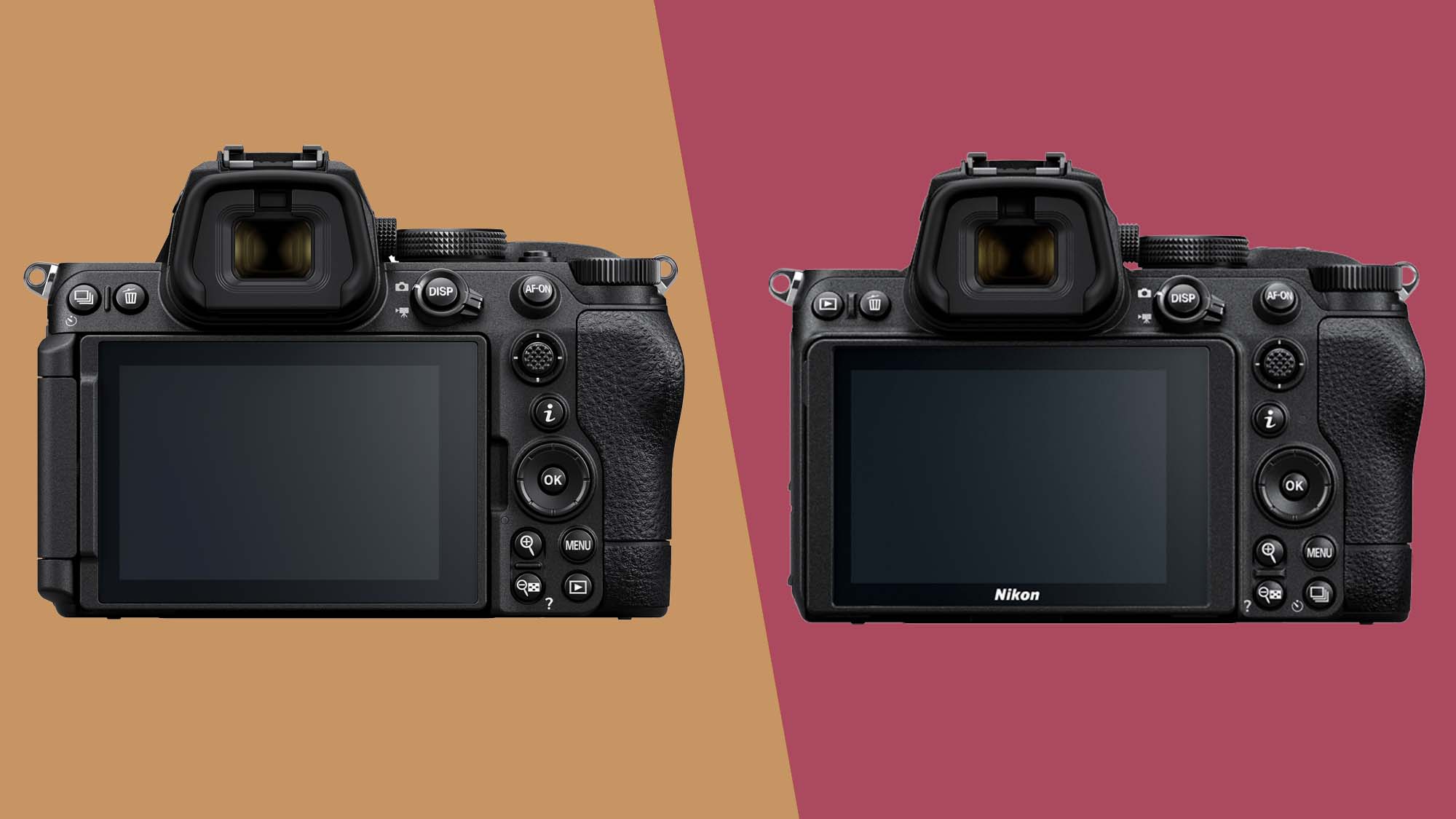
- Nikon Z5 II: 14fps burst shooting, one second pre-capture, subject detection autofocus, EVF with 3,000nits brightness, battery life up to 380 shots
- Nikon Z5: 4.5fps burst shooting EVF with 1,000nits brightness, battery life up to 470 shots
With Nikon's latest Expeed 7 processor, the Z5 II is a significantly faster camera than the Z5. Its 14fps burst shooting can be upped to 30fps in a high speed capture_ mode, together with up to one second of pre capture. The Z5 offers a relatively paltry 4.5fps.
As in so many areas of consumer tech, parts influenced by software optimisation see the biggest Nikon Z5 II gains. And that includes autofocus.
The Z5 II boasts Nikon's best-ever subject detection autofocus, being able to recognize up to nine different subject types – those are people, dogs, cats, cars, birds, motorcycles, bicycles, planes and trains – and for subjects that take up as little as 3% of the frame.
The Z5's autofocus is much more basic. Back in 2020, we were mostly hearing about face and eye tracking/detection with cameras like the Nikon Z5.
The Nikon Z5 II’s AF is also rated to work in far lower lighting than the Nikon Z5, at -10EV to the older camera’s -3EV.
There are some notable changes in the EVF and rear display of the Nikon Z5 II. While the core viewfinder specs are the same — OLED panel, 3.69m dot resolution and 0.8x magnification — the Z5 II has more brightness settings.
It has 18, to the Nikon Z5’s 11. This doesn’t actually tell us the newer camera’s EVF is brighter, of course, but there has indeed been a massive increase in brightness headroom from 1000 nits too 3000 nits. Brightness has been the key space for improvement in OLED panels over the last couple of years.
The rear screen, where brightness is arguably more important, gets upgrades elsewhere in the Nikon Z5 II — we have no brightness figures for the rear screen.
There’s unfortunately not going to be a major increase in battery life across these generations, though. The two cameras use the same EN-EL15c battery. The Nikon Z5 is rated at 470 shots (LCD) or 380 shots (viewfinder). You’ll reportedly get just 380 (LCD) or 330 (viewfinder) from the newer Nikon Z5 II, which may have something to do with the brighter displays.
Early verdict

The Nikon Z5 II represents a massive upgrade over the Nikon Z5. And while you might think Nikon has gone a little too far and spoilt this series’s standing as an entry-level full-frame model, another perspective is just as fitting.
Since 2020 processors have become more powerful, sensor read-out speeds have increased and OLED panels are simply brighter in general. It’s been a while.
The Nikon Z5 II is unlikely to take obviously better photos than the Nikon Z5 in perfect conditions. They both have full-frame sensors of a similar resolution. However, with a Nikon Z5 II you are much, much less likely to miss out on a shot thanks to the dramatically better burst speed and far smarter and more reliable autofocus.
It all comes with a sting, though, particularly if you have been tentatively shopping around for a Nikon Z5 recently. While the new Nikon Z5 II isn’t dramatically more expensive comparing launch price to launch price — considering the levels of inflation seen since 2020 — there’s a large gulf in real online pricing for actual shoppers.
Get daily insight, inspiration and deals in your inbox
Sign up for breaking news, reviews, opinion, top tech deals, and more.
Andrew is a freelance journalist and has been writing and editing for some of the UK's top tech and lifestyle publications including TrustedReviews, Stuff, T3, TechRadar, Lifehacker and others.
- Timothy ColemanCameras editor
You must confirm your public display name before commenting
Please logout and then login again, you will then be prompted to enter your display name.
